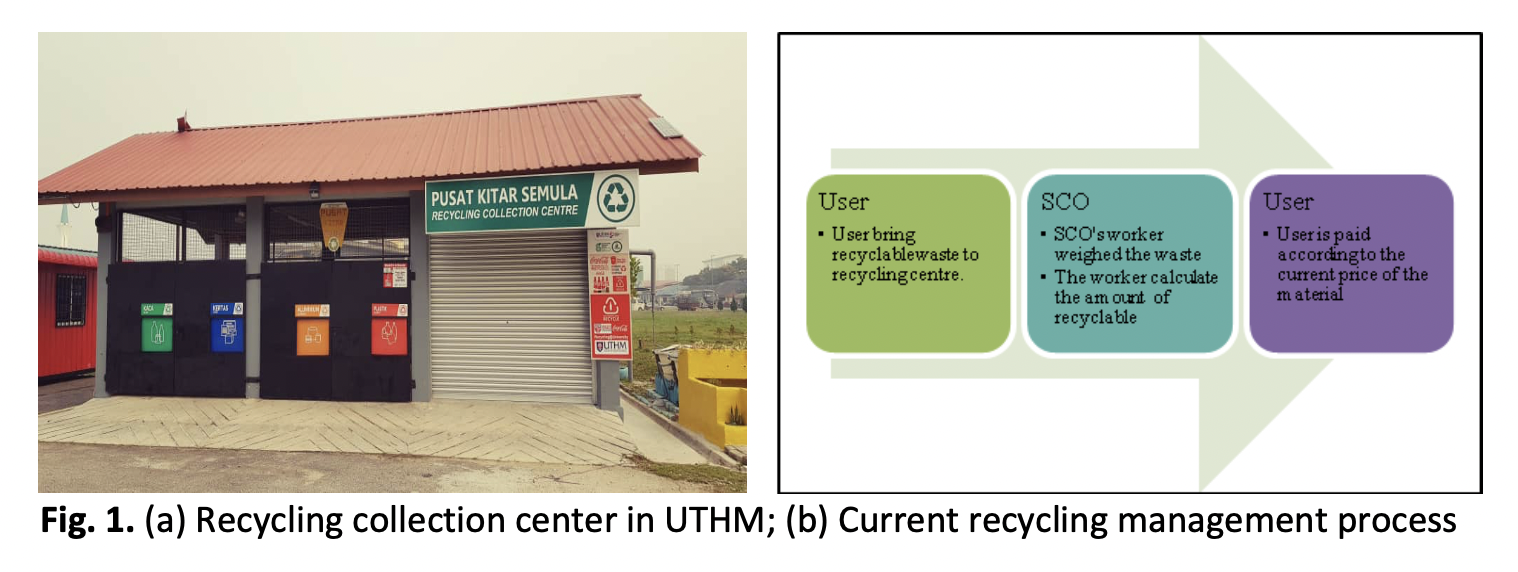Design and Development of A Web-Based Smart Recycling System based on a Survey on Recycling Awareness
DOI:
https://doi.org/10.37934/araset.41.2.180193Keywords:
Sustainable Environment, Waste Management, Behavioral PatternAbstract
Everyone is aware that recycling reduces the amount of waste that ends up in landfills, but the biggest environmental advantage of recycling is the preservation of energy and natural resources, as well as the reduction of pollution that results from the use of raw materials to create new products. The energy wasted in the disposal of products like aluminium cans and newspapers that can be recycled is equal to the annual output of fifteen power plants. The goal of this study is to determine how much faculty and students at UTHM are aware of recycling. Out of the roughly 18,000 pupils enrolled at the institution, 450 locals were chosen as the study's sample. According to Mitchell and Jolly, the populations require a minimum sample size of 374 samples, a 95% confidence level, and a 5% margin of error. There were tick boxes, a Likert scale, and slots for other suggestions to indicate responses. Residents are eager to engage in recycling activities, according to poll results, if more recycling facilities and technologies, such reward and redemption systems, are made available to them. Therefore, a strong program like the Web Automated Bin Recycle (WARB) System is necessary to address these problems. The carbon emission avoidance (tCO2e) calculator, which is part of WARB's core module, is used to calculate the total amount of CO2e generated by the weight of each material since each material has a unique CO2e reading. User acceptance testing (UAT) and functionality testing are the two types of evaluation tests used to assess WARB. The software system's compliance with their functional requirements or specifications has been successfully validated. The UAT results show that most users are content with the functionality and aesthetics of the system interface.
Downloads




























